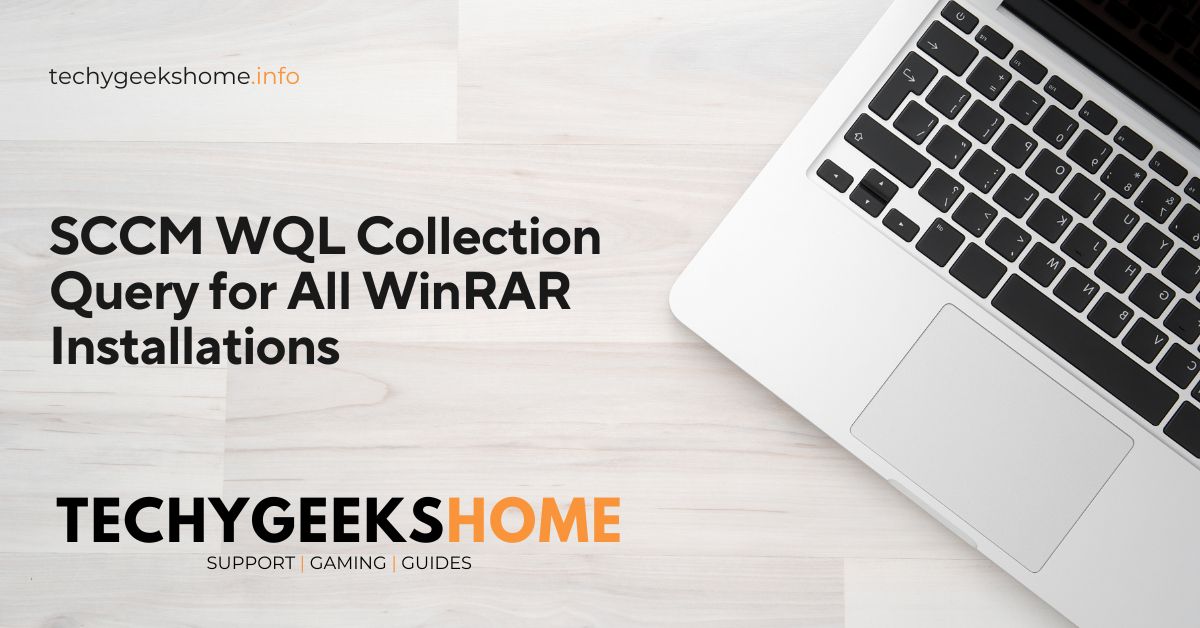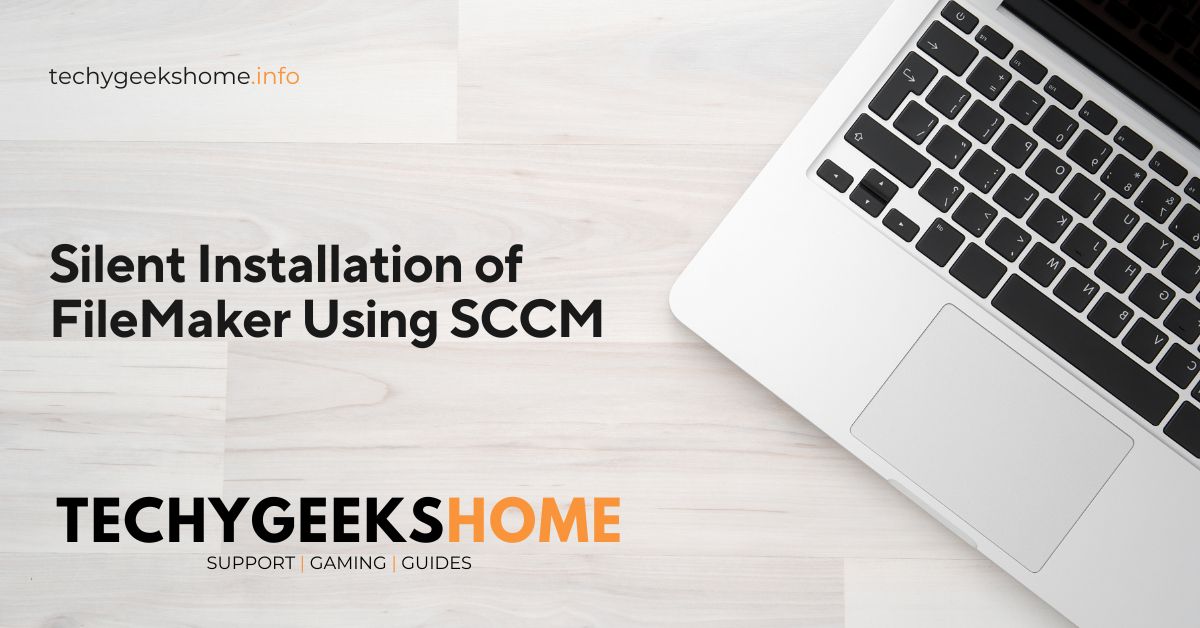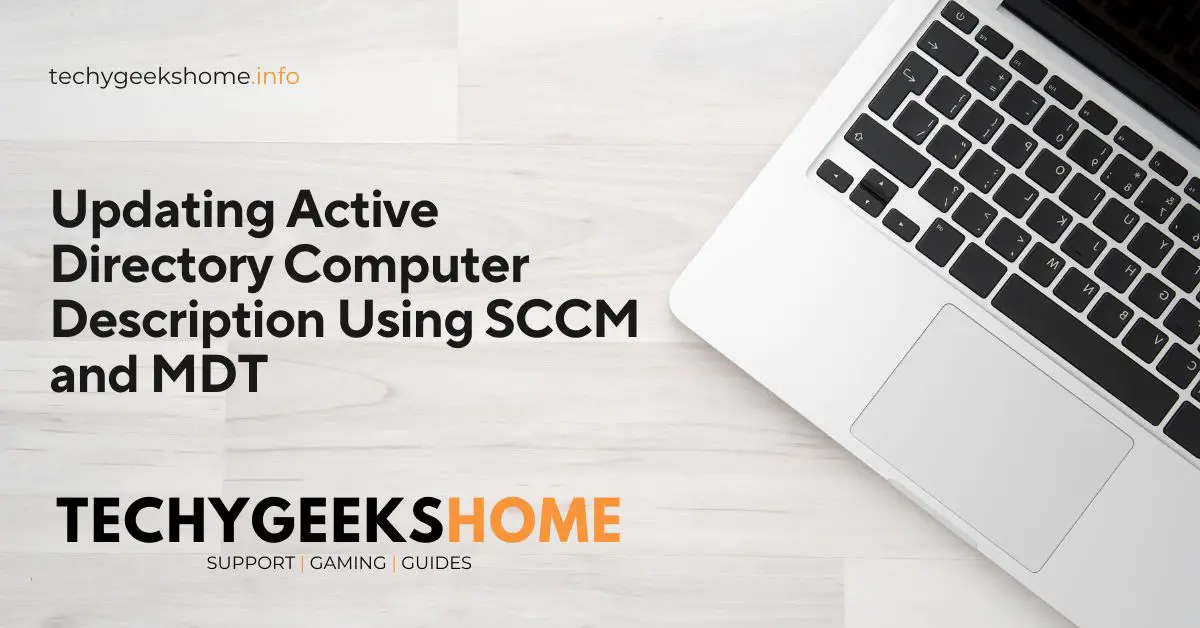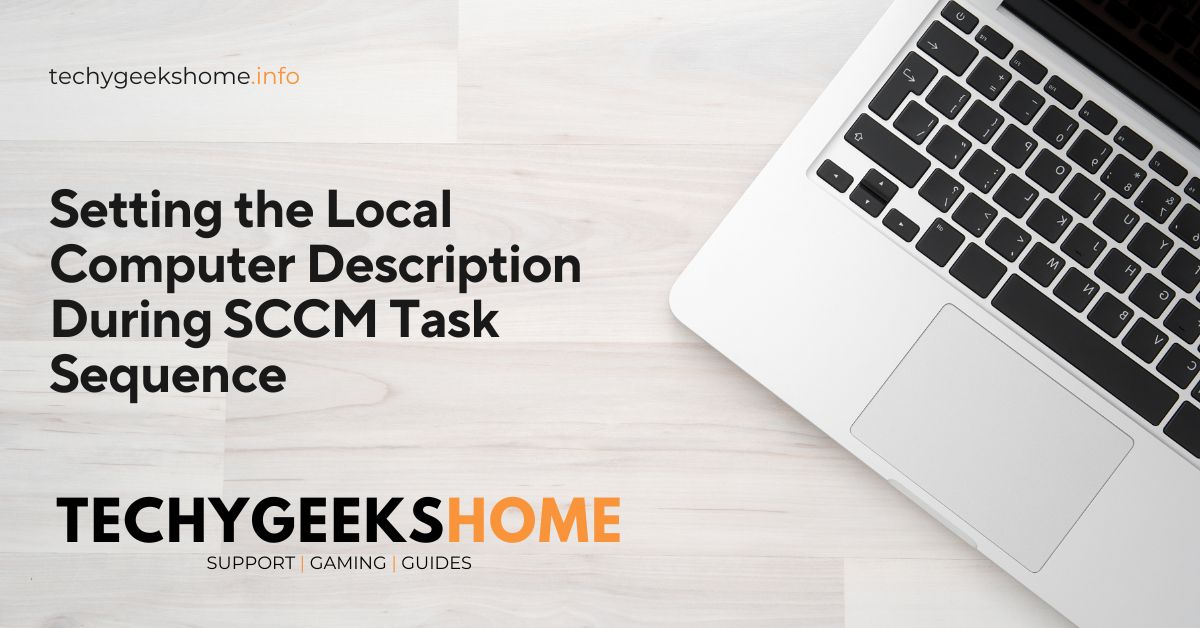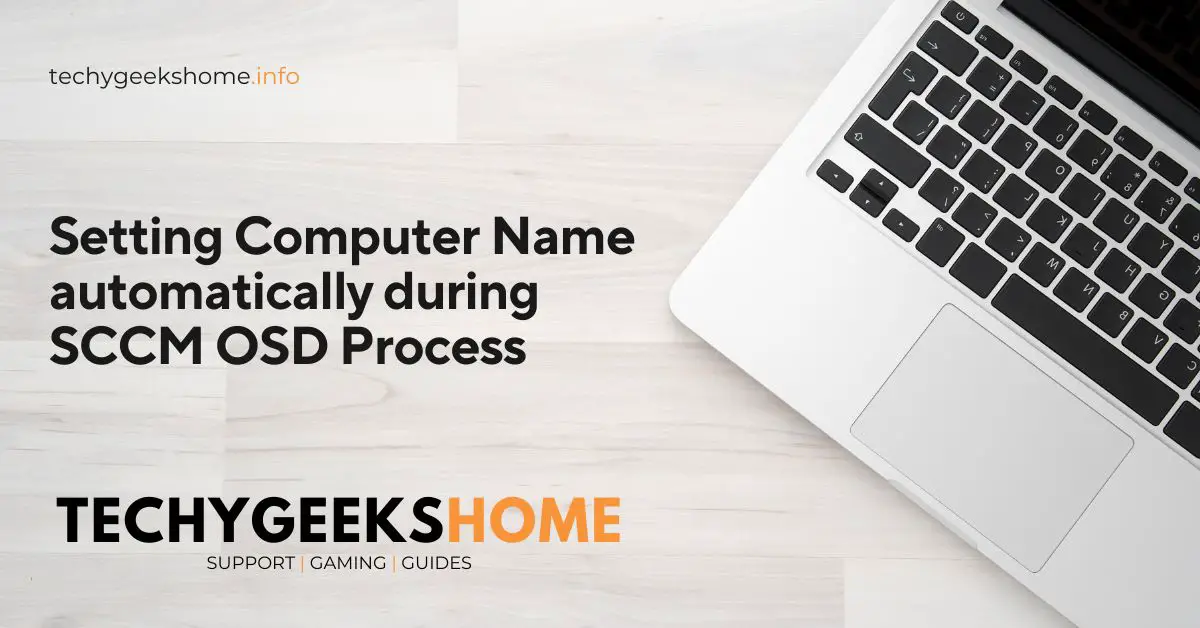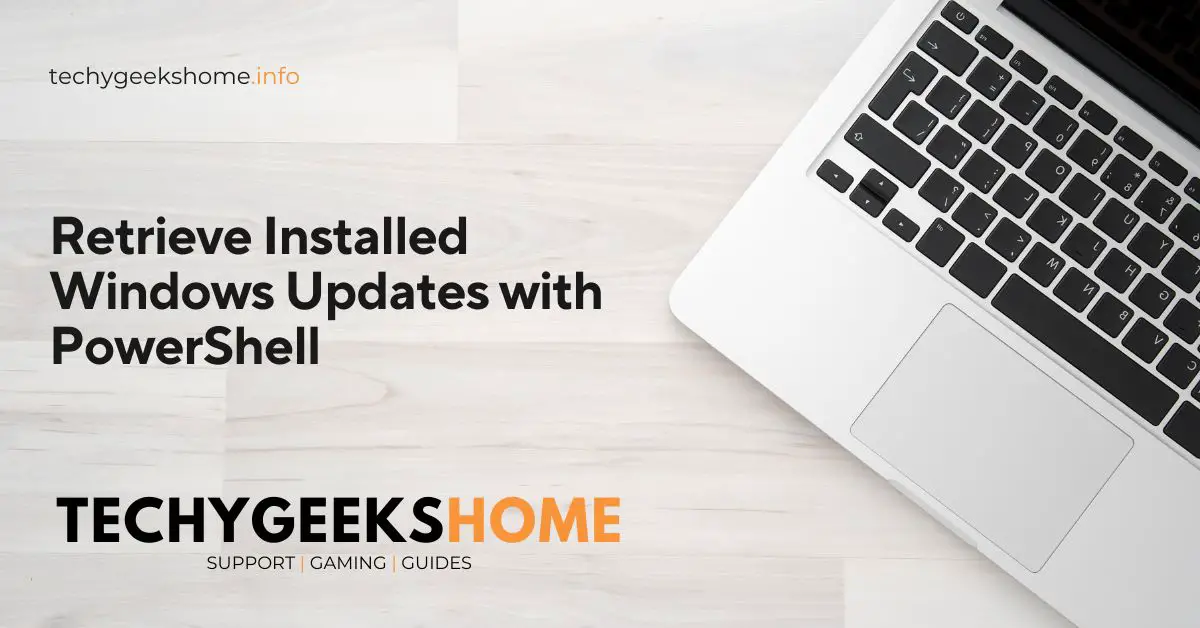How to Fix Windows Time Drifting Issues
If you have a server that is experiencing time drifting, it can lead to a host of issues, including synchronization problems with other servers and services. Fortunately, you can resolve this by following a series of steps using command-line tools. Steps to Fix Time Drifting on a Windows Server 1. Check the Current Time Source […]


